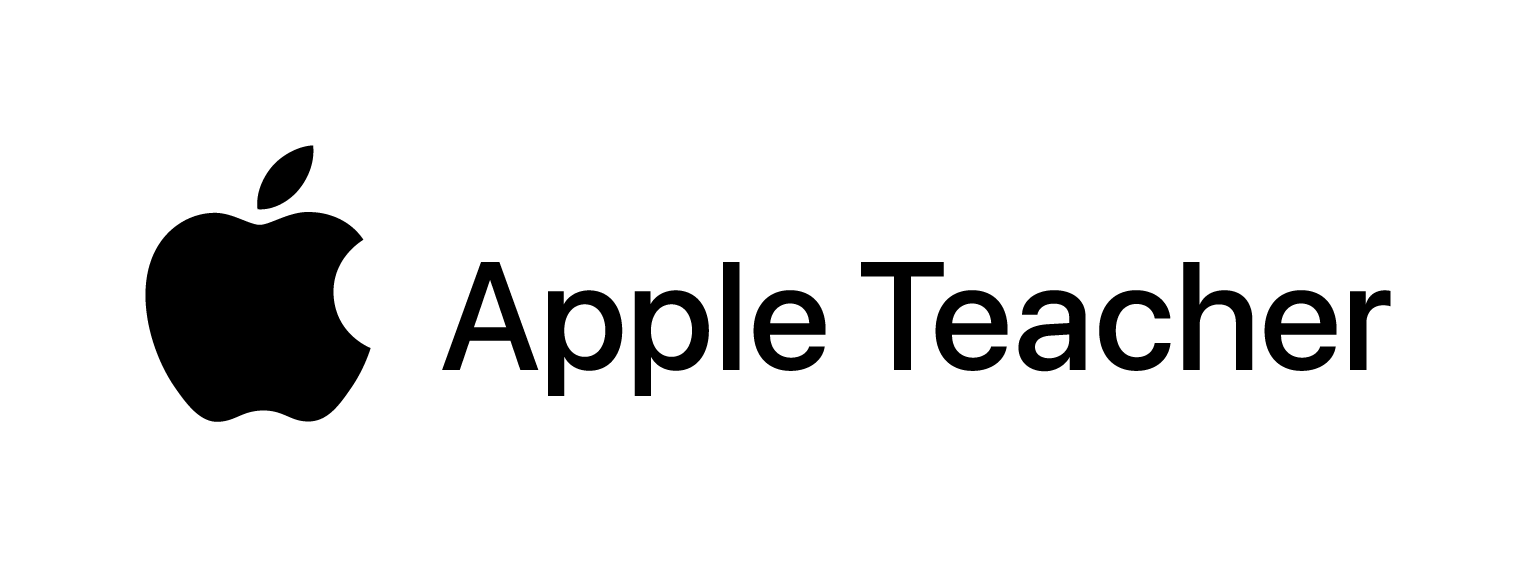
This is an alpha-build of a self-assessment tool
15 minutes
Self assess
Easy
At NTU, the Academic Practice and Digital Practice teams are committed to working with you to develop a multiliterate approach to your learning and teaching at NTU. This tool provides an opportunity for you to self-assess your current level of digital literacy. We hope it will enable you to identify opportunities to develop this literacy, and the associated skills, aligned to NTU academic practices.
We define digital literacy here as the knowledge, skills and behaviour required to critically evaluate and select appropriate technologies that enable learning and support identified needs. We take a broad view in defining technologies, it is used here to refer to any medium that may be used as part of learning and teaching practice at NTU, e.g. software, whiteboard, classroom materials. It is specified in the tool when we would like you to consider technologies that are only digital in nature, e.g. smartphones, software.
The tool will help you to assess your digital literacy across six elements:
- ICT Proficiency
- Media and Information Literacies
- Creativity, Problem Solving and Innovation
- Communication and Collaboration
- Learning, Teaching and Personal Development
- Identity and Wellbeing
The six elements have been adapted from the Jisc Digital Capabilities Framework to reflect digital literacy within the context of academic practice at NTU. The assessment will guide you in identifying at what level of digital literacy you are potentially working at against each element. The levels we have defined are aligned to Bélisle’s (2006) three stages of contemporary literacy development and are as follows:
- Developing – if the assessment identified that you were at this level for one, or more, element(s) it would indicate that you use technologies in a functional way and there is an opportunity for you to develop your digital literacy in this area.
- Performing – if the assessment identifies that you are performing against one, or more, element(s) it would potentially indicate that you are using technologies in a way that is both functional and adds value to your practice and the student experience.
- Innovating – if it is indicated that you are innovating against one, or more, element(s) the assessment suggests that you reflect on the function and benefit of technologies in your practice, to the student experience and to wider learning and teaching communities.
This self-assessment comprises 15 questions and should take you no longer than 15 minutes to complete. For each question you are required to select the one answer that best describes your practice from a selection of four. We would encourage you to not overthink your answer and to be honest in your assessment.
The feedback from your assessment will only be seen by you, however we would encourage you to share this with colleagues when seeking to develop your digital literacy and/or the associated skills.
We would encourage you to complete the self-assessment again in 6 months to re-evaluate your digital literacy.
If you have any questions or concerns about this tool, please contact me.
The self-assessment tool
Give feedbackNotes
* We define social media here as digital technologies that allow users to maintain an individual profile and have the perceived possibility of connecting and communicating with other users e.g. Twitter, NOW discussion boards, Yammer, LinkedIn.
** We define “digital spaces” as any space where you make connection through a screen regardless of physical location.
References
Belisle, C., 2006, Literacy and the digital knowledge revolution [online]. Berlin: Research Gate. Available at: https://www.researchgate.net/ [Accessed 10 December 2018]
Jisc, 2017, Building digital capabilities: The six elements defined (digital capability framework) [online]. Bristol: Jisc. Available at: http://repository.jisc.ac.uk/ [Accessed 10 December 2018].
Licence
(C) 2018 – Gemma Stafford and Marcus Elliott. This work is licensed under a Creative Commons Attribution-ShareAlike 4.0 International License.


